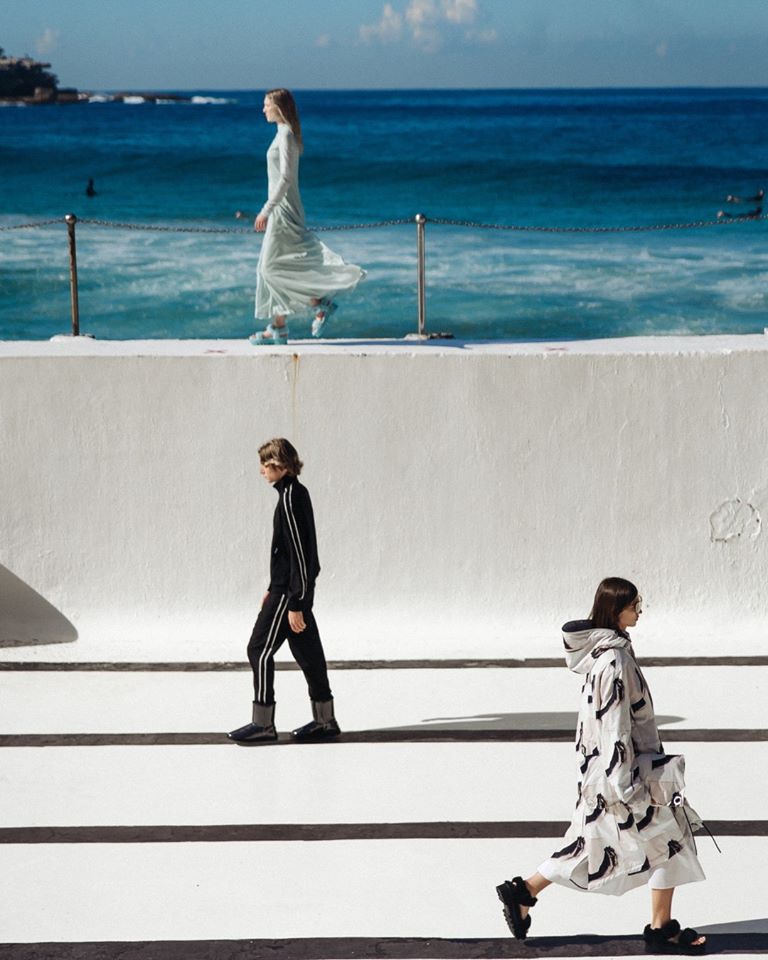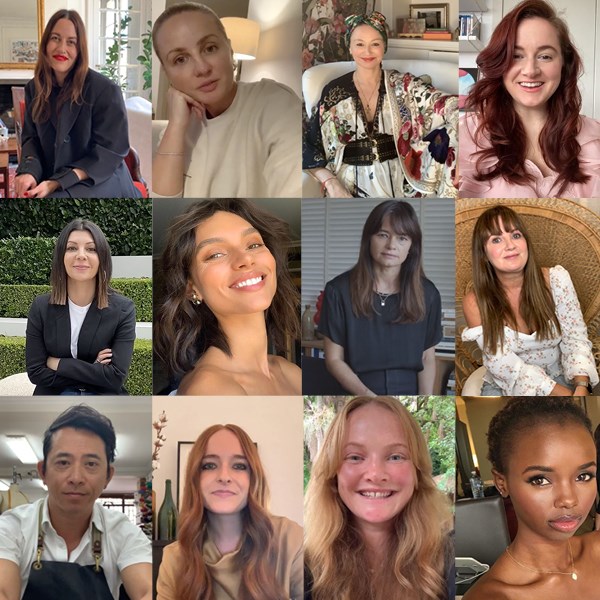Australian Fashion Week 2020: A Reflection

“We regret to share that Mercedes-Benz Fashion Week Australia 2020 will not take place.” This was the sad news broken over social media on March 17.
All the fashion lovers and avid attendees of the annual event could do was thank the organisers for pulling the pin so quickly after the Federal Government announced a ban on gatherings over 500 people on March 13.
But, much like other creative industries, the question remains: how will the Australian fashion industry recover and return? What will the industry look like in the future?
The results of the pandemic became reality seemingly overnight. Shops shut quickly in an effort to help “flatten the curve”, major events like Fashion Week Australia quickly cancelled, and whole steps in the production process from printing presses to clothing manufacturers closed in attempts to stop the spread of the virus.
Australian Fashion Council reported over a third of surveyed Australian businesses now struggling to cover the costs of commercial leasing obligations and those associated with casual employees and contractors.
Furthermore, only 34% of the industry is confident they can rebound financially from COVID-19. The very first effects COVID-19 left on fashion were heartbreaking but the industry, as it often is, was quick to bounce back.

Online sales have skyrocketed in fashion as well as many other retail-based industries, with Myer reporting an 800 per cent increase in overall online sales and 7000 per cent on skincare, fragrances and makeup over Easter weekend alone.
Much like many beauty retailers and international fashion brands, Australian labels are also helping the fight against COVID-19, the likes of Nobody Denim co-founder John Condolis offering the label’s Melbourne factory to manufacture 12,000 masks and 5000 surgical gowns per week as the pandemic continues.
“We’ve got the facility, we’ve got the skill set, if we don’t, we’ll learn. We’re here to help.” Condolis told the Daily Telegraph.
Some retailers have pivoted beyond just focusing their attention on e-commerce as they adapt their business model or branding to be more self-iso friendly.
Melbourne label E Nolan has pivoted from made-to-measure suits custom pyjama sets, and Queensland jeweller Holly Ryan
has turned her focus towards direct-to-consumer sales with staff working from home and retailers indefinitely shut down, Fashion Journal reports.
Many designers remain optimistic as industry bodies continue to champion Australian labels, Showroom-X partnering with Australian Fashion Council to launch the #WeWearAustralian campaign encouraging the public to wear Australian, with some labels even giving back to charities Dress for Success and Thread Together.
But what remains for the future of fashion in Australia? “The Australian retail fashion sector injects about $9.4 billion into New South Wales alone…I think 2021 is going to be an amazing celebration of our industry.” Founder of NAC Media Group Nikki Andrews said in a video posted to the Fashion Week Australia Instagram.

If trends are anything to go by, designers are already seeing a change in consumer values and buying patterns towards investing in quality and supporting local.
Australian labels have remained at the forefront of sustainable fashion for a while now, and this role is now more
important than ever.
If anything, the time is right for the industry to hit the reset button. “[It’s] time for the industry to slow down, reassess and really make some effective positive changes for our future.” Womenswear Buying Manager at Brown’s London, Holly Tenser, said in another video posted to Australian Fashion Week’s Instagram.
Many other industry professionals seem to agree with this sentiment, even as Stellar Magazine’s Styling Director, Kelly Hume, forecasts colour, print and vibrancy as people’s love and appreciation for lounge-worthy sweatpants and soft shirts begins to wane. “We’ll see a move towards escapism.” Hume said in an article published by Stellar, noting many people’s newfound desire to feel connection or community after this prolonged period without constant social interaction.
There is no doubt things have changed, possibly for good, in the world have fashion. But that doesn’t necessarily have to spell the end of an entire industry.
Much like the industry forecasts trends seasons before they come into play, now is the time to reflect upon the past and look towards the future on how fashion can continue to play a meaningful role within the future’s version of society in a new version of normal in a post-COVID world.

